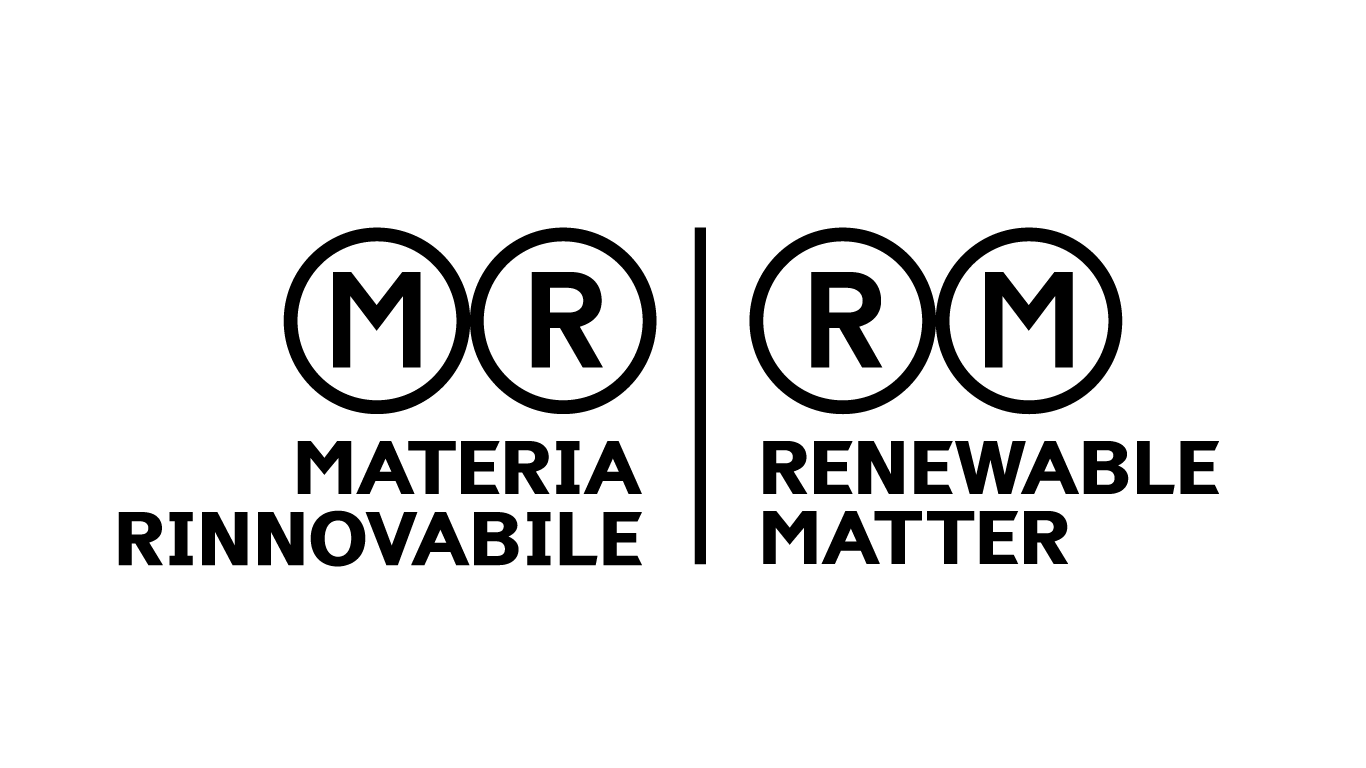
“It is highly likely that many of the problems festering in the carbon credit market are intractable, […] systemic problems with deep roots that cannot be solved by incremental changes.”
So reads the conclusion of a recent scientific article on the challenges of carbon credit markets published by three researchers, Joseph Romm, Stephen Lezak, and Amna Alshamsi. The study, entitled Are Carbon Offsets Fixable?, was published in Annual Reviews of Environment and Resources. It received considerable media attention, largely because at first glance it would appear that the answer to the question posed in the title is, quite simply, “no”. In the body of the article, however, the research by the three scholars provides a broad and less binary overview, broadly in line with current discussions on the integrity of credits at the international level.
The study by Romm and colleagues comprises a systematic review of the scientific literature on carbon credits and the main problems related to credit integrity. It analyses the main causes of the collapse of the credit market since the 2023 scandals, which led to a global trading volume now consistently below $1 billion, compared to 2021 estimates that predicted double digits by 2030.
The study emphasises that the problems that have affected voluntary markets over the years are present in various forms throughout the entire credit value chain, from project design to resale on secondary markets. Over the years, cases of overcrediting have been common, due to more or less malicious errors in project design, resulting in much less CO₂ or methane being absorbed or reduced than declared. Moreover, for many projects, it has been difficult to set up short-, medium- and long-term monitoring mechanisms, thereby failing to ensure that the specific climate action could be sustained over time as agreed. Finally, another crucial issue is the additionality of the projects themselves, in other words, being able to publicly guarantee that the action promoted would not have taken place without the (economic) intervention of the project in question.
But let's not throw the baby out with the bathwater. In spite of its catchy title and the phrasing of that concluding paragraph, the article indicates which choices (political and market-related) could keep the sector alive and enable it to become a useful tool for climate action rather than a mere financial product.
In line with the trends in global political debate on the subject, Romm and colleagues suggest focusing on high-integrity credits without offering a definition here, and shifting from an offsetting approach to one of additional contribution.
Residual, high-quality offsetting should focus, according to the researchers, on high-permanence carbon removal projects, namely high-tech solutions capable of storing CO₂ stably, such as direct capture, which are currently very expensive and difficult to scale up. Furthermore, applying the additionality filter, the only types of projects that could still have an impact would be, apart from century-long removals, projects to replace the use of coal in food preparation and methane absorption from organic matter, if duly supported by highly detailed methodologies and registries.
On the other hand, renewable energy projects are considered outdated, now rendered obsolete by significantly lower construction costs than in the past, and therefore difficult to justify as additional. Doubts are also raised about the long-term climate benefits of credit-financed industrial carbon capture and storage (CCS) projects, as it is technically almost impossible to reabsorb all emissions from those sectors.
And finally, the three researchers recommend applying the necessary adjustments between national registries in the case of international credit transfers: this would avoid undermining the ambition of the Paris Agreement. They also recommend abandoning any remaining “non-CDR” projects (i.e. those not related to CO₂ removal from the atmosphere) by 2035, given the structural problems of additionality and permanence mentioned above, although this may be a sore point for many project developers.
In a context of increasing worldwide fragmentation of credit markets, door selection for credits, today once again attractive even for many public systems, is becoming increasingly necessary. The article by Romm and colleagues – which, it should be noted, revises and summarises at least two decades of studies in a sector that is nevertheless undergoing rapid methodological change – emphasises the urgent need to invest in certain types of credit rather than others, and in more robust rules for the sector. But on closer reading, as we have seen, the answer to the question posed in the headline – are carbon offsets fixable? – still seems to be: “Yes, if done properly”.
Also read: The Rising Risk in Carbon Markets: Who’s Really Carrying It?
Cover: Envato image



